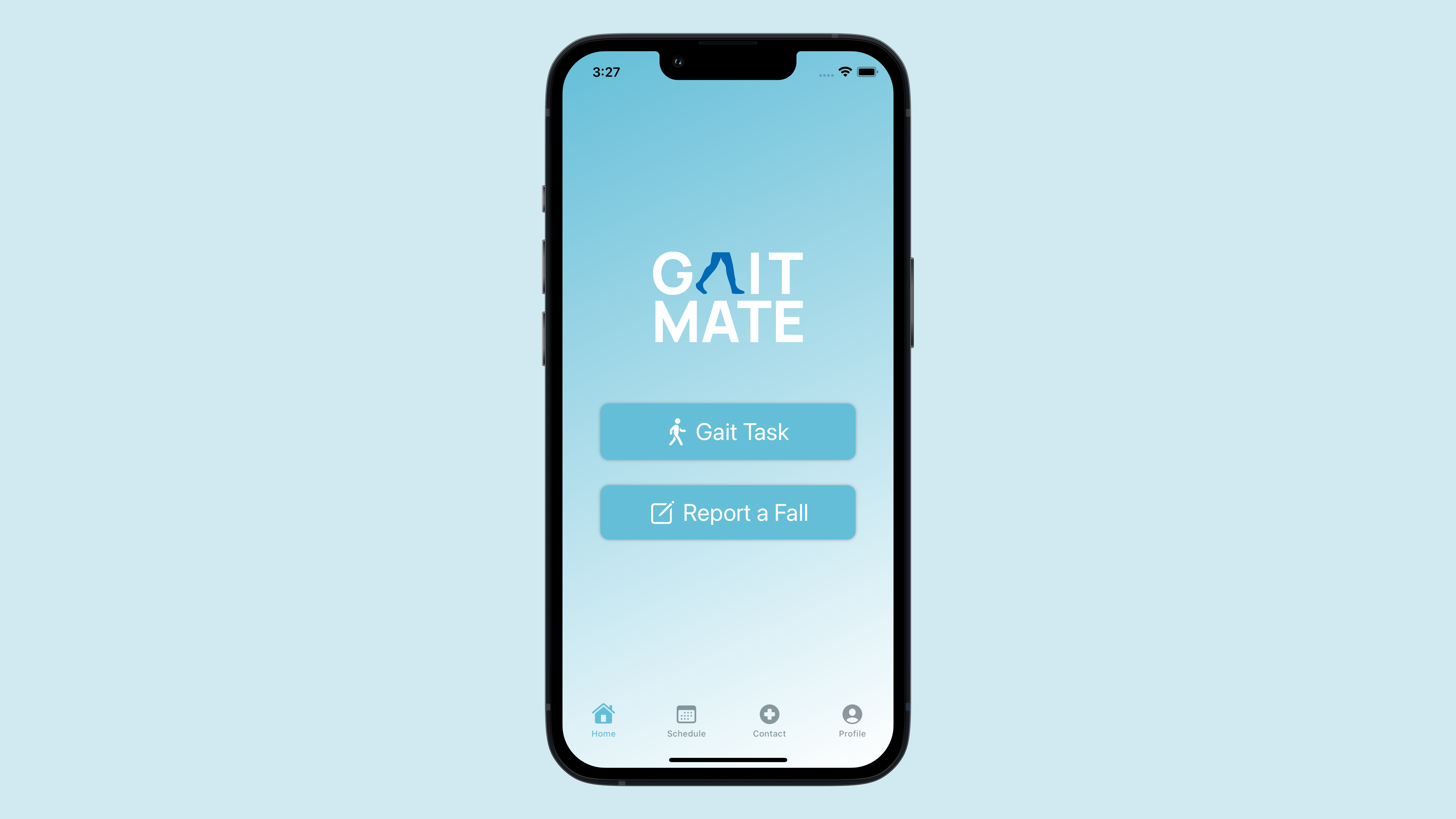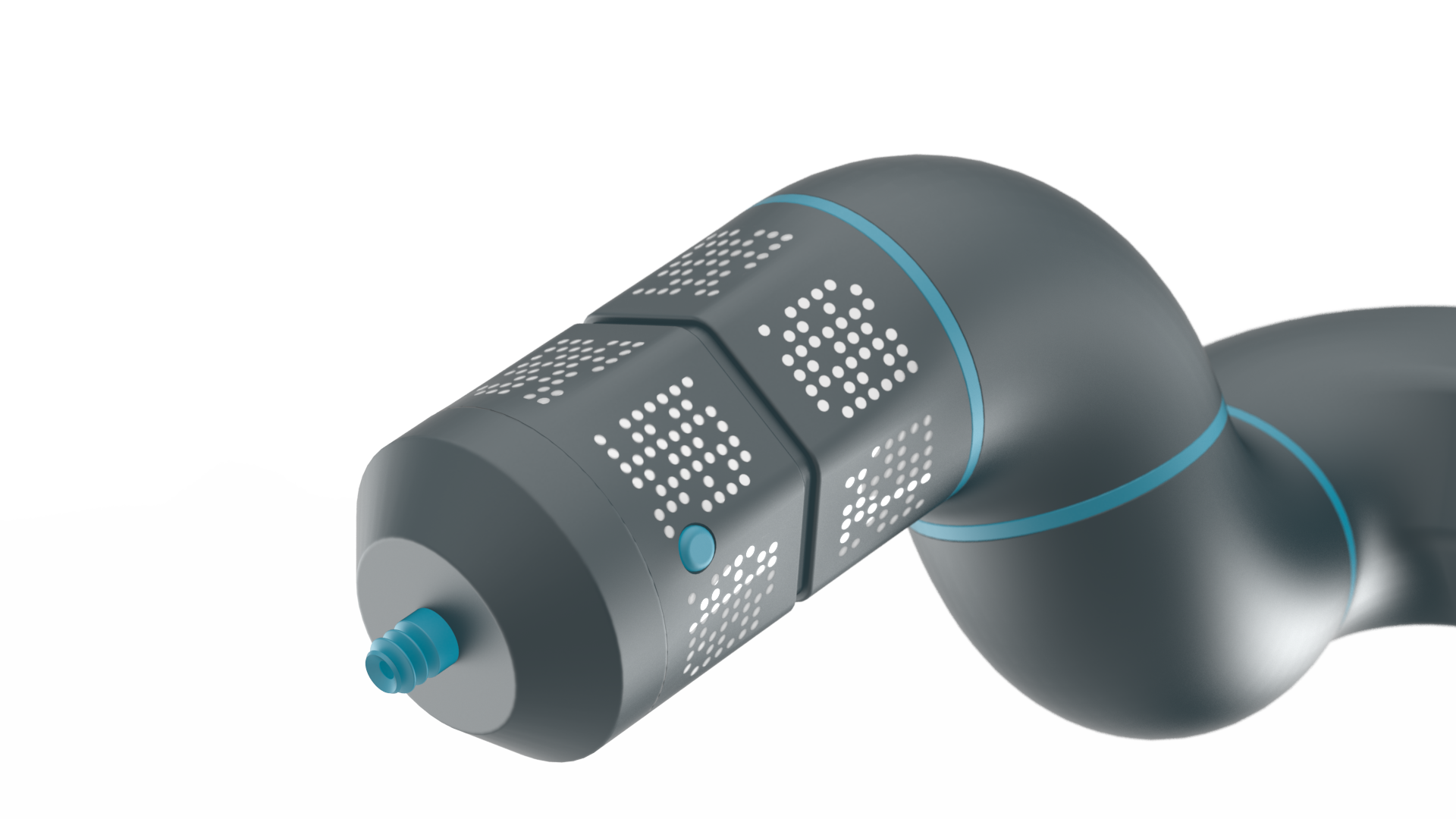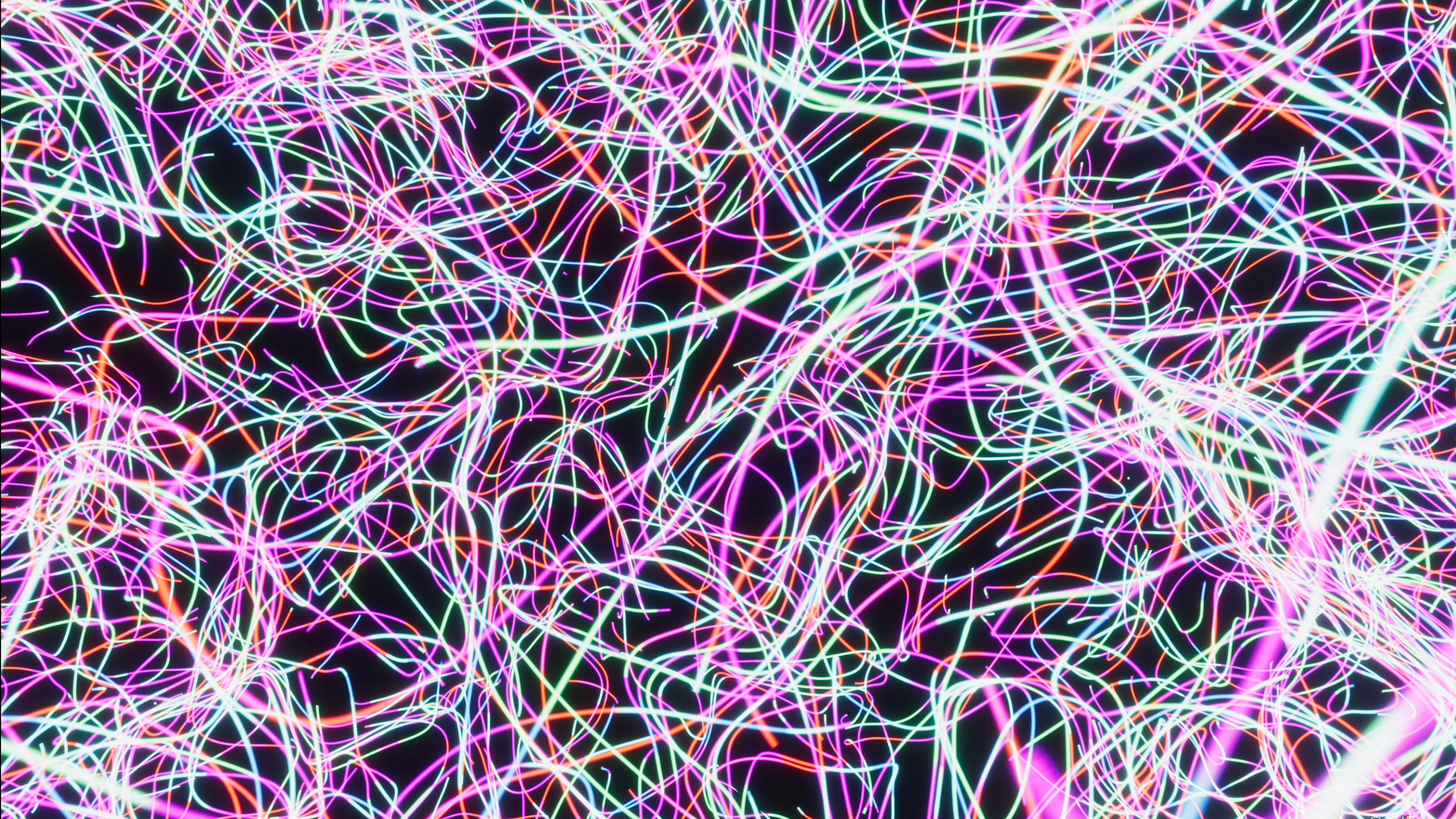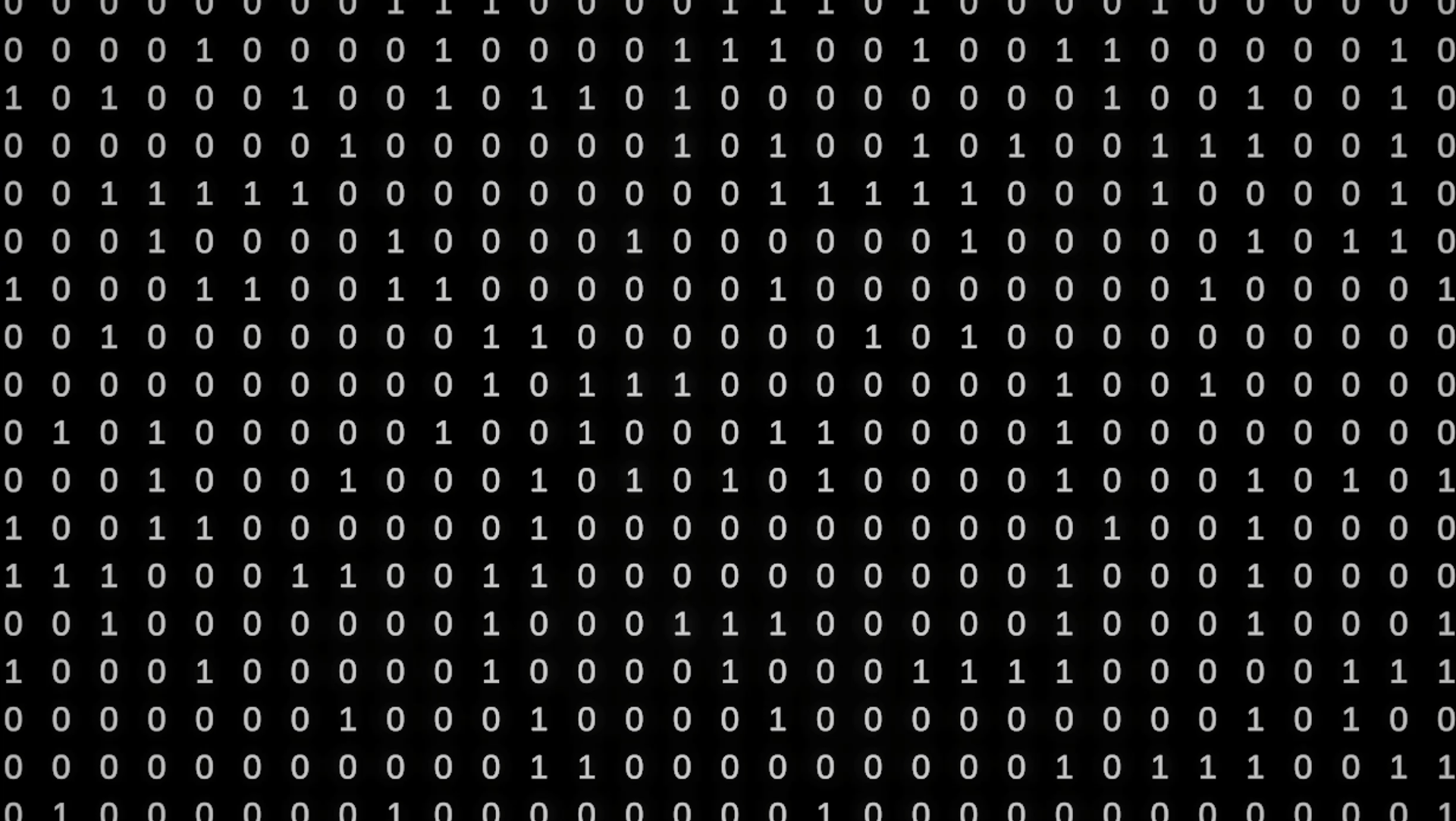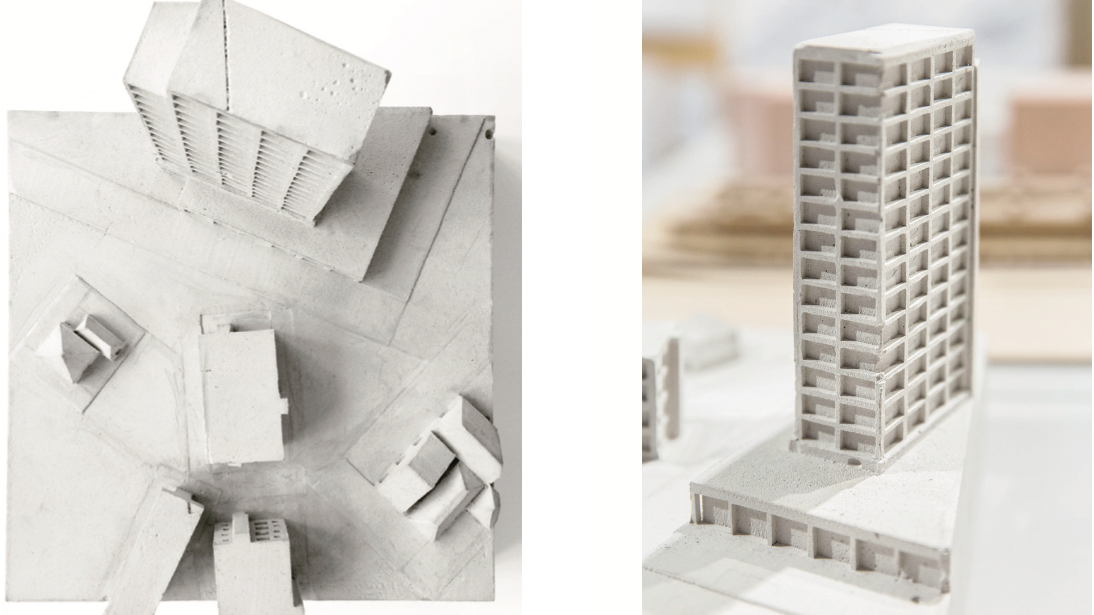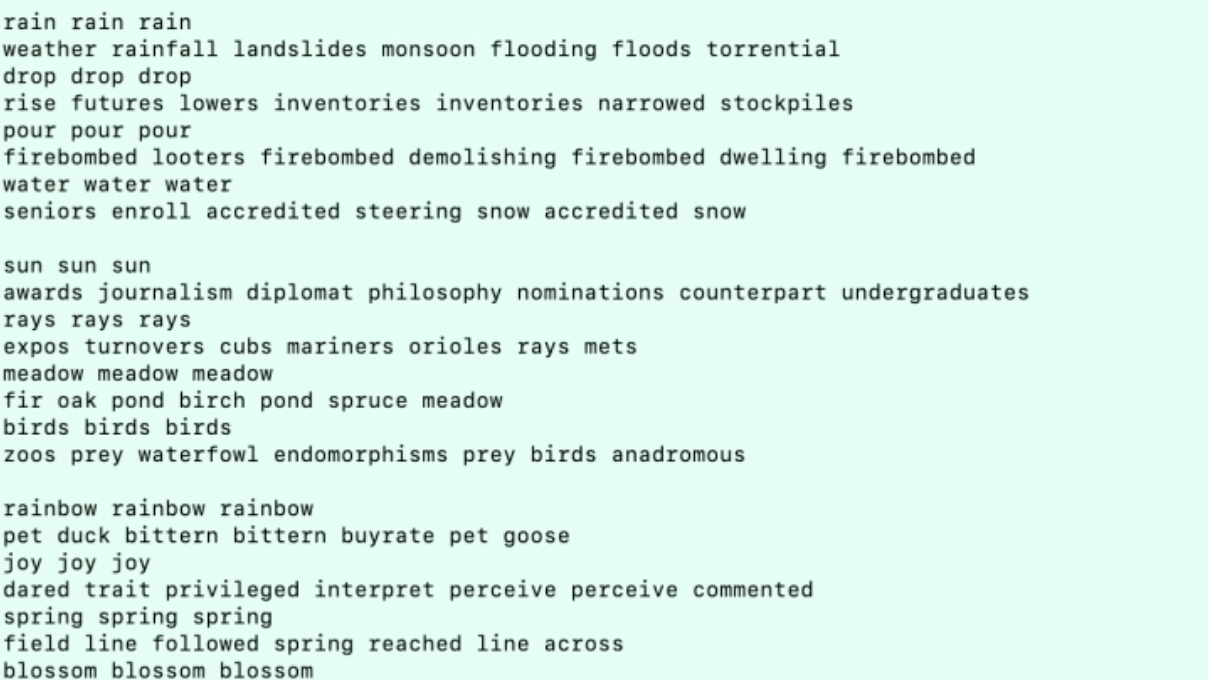Objective
creating an interactive computer program that reads and writes sound in real time
creating an interactive computer program that reads and writes sound in real time
Outcome
an audiovisual program that conveys waveform and time domain of a given input audio
an audiovisual program that conveys waveform and time domain of a given input audio
The audio visualizer draws the picture of a planet over time. When zooming in the globe reveals itself as a cylinder that dissolves into the ether. The waveform of the audio input is represented as the orbit around the planet. The time domain is displayed by multiple small dots. The magnitude spectrum is mapped onto a color gradient (high magnitude violet, low magnitude yellow).
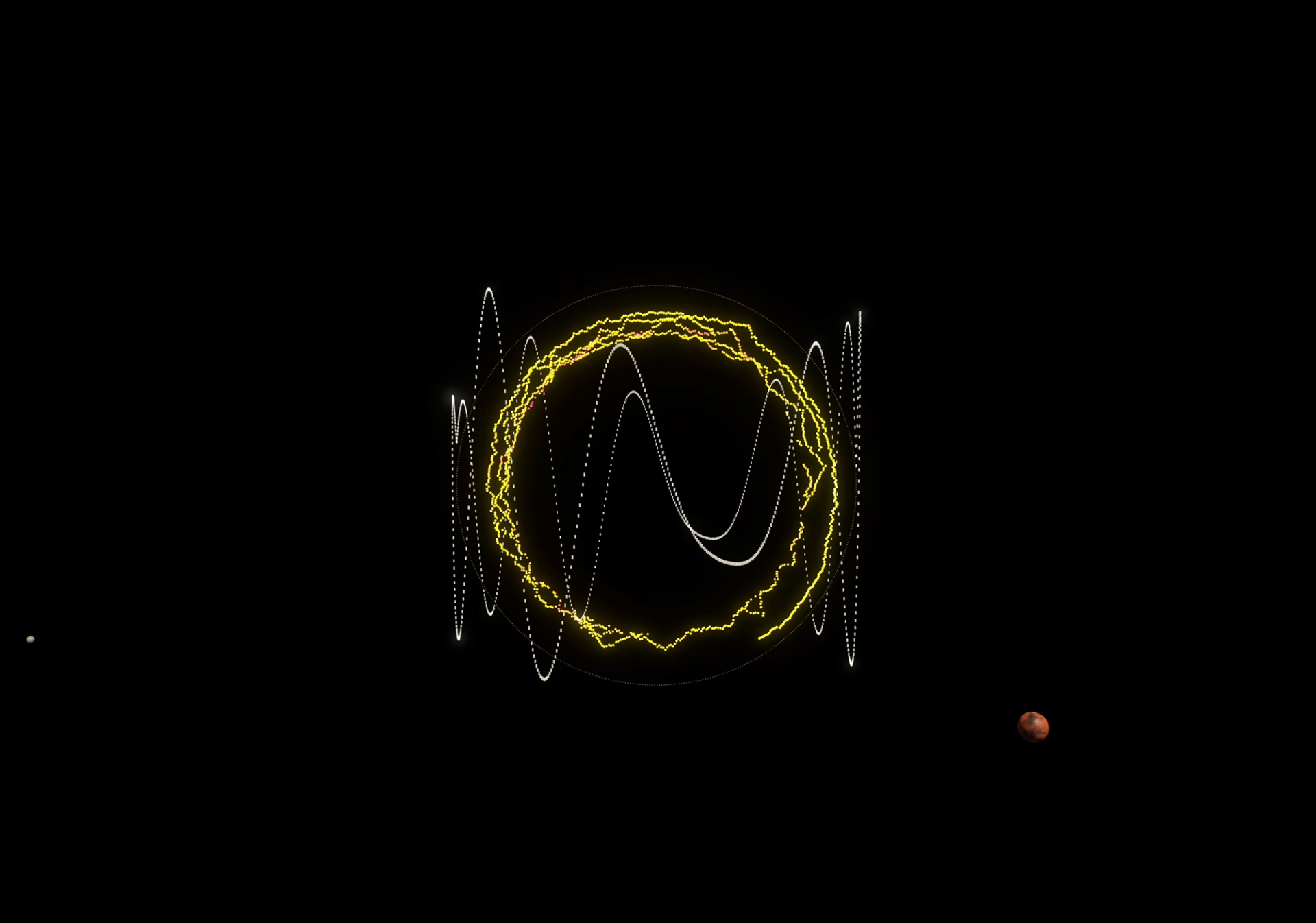

The Audio Visualizer was later exhibited as an interactive art piece at the Stanford Design Personal Statements 2023. Visitors could talk or sing into a microphone to see the visuals change depending on their voice's pitch and volume.

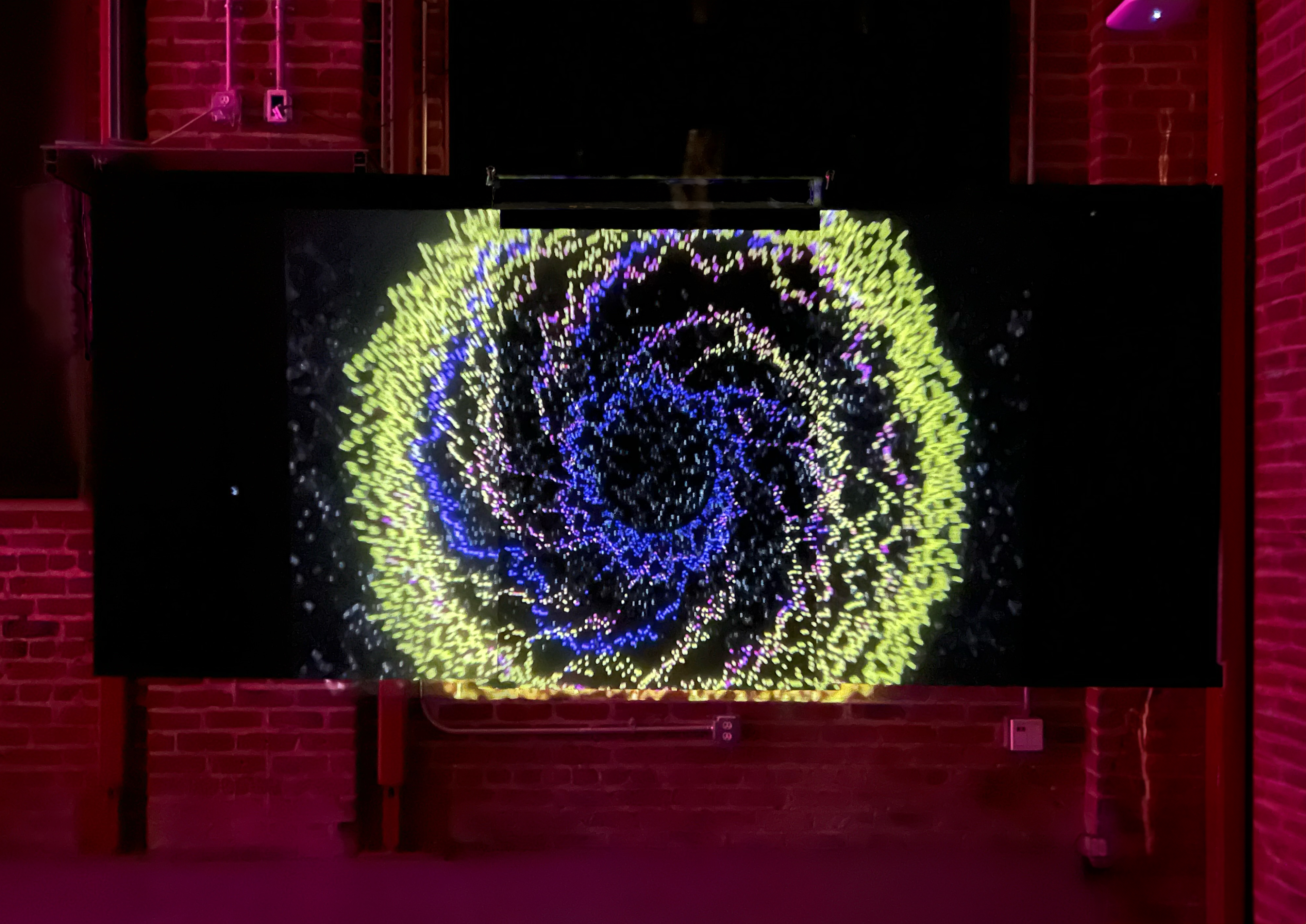

The audio visualizer was built for Mac OS. The following keys can be used to control the program:
K / L - switch between two kinds of spectrum history representations:
default (L): spectrum history displayed as settling particles that float into the ether
key K: spectrum history displayed in circles that the history travels through over time
N - switch audio input from microphone to ChucK audio file:
default: audio input is microphone key N: Chuck audio file is played
C - switch between camera on rails to moving the camera freely to explore the scene:
default: camera starts zooming into the planetary exploration and leads user along a fixed path
key C: camera can be moved freely in the scene by using the A, W, S, D keys for zoom in, zoom out, right, left movement of the camera
GitHub
K / L - switch between two kinds of spectrum history representations:
default (L): spectrum history displayed as settling particles that float into the ether
key K: spectrum history displayed in circles that the history travels through over time
N - switch audio input from microphone to ChucK audio file:
default: audio input is microphone key N: Chuck audio file is played
C - switch between camera on rails to moving the camera freely to explore the scene:
default: camera starts zooming into the planetary exploration and leads user along a fixed path
key C: camera can be moved freely in the scene by using the A, W, S, D keys for zoom in, zoom out, right, left movement of the camera
GitHub
Tools
UI design - Unity, C#
Audio programming - Chunity, ChucK
Project is based on this tutorial that reads microphone input and creates a simple waveform and spectrum visualization.
UI design - Unity, C#
Audio programming - Chunity, ChucK
Project is based on this tutorial that reads microphone input and creates a simple waveform and spectrum visualization.
